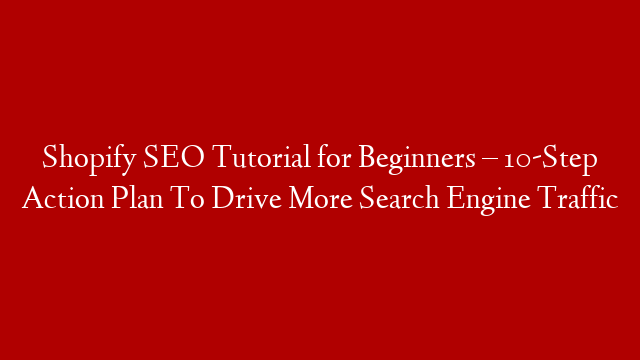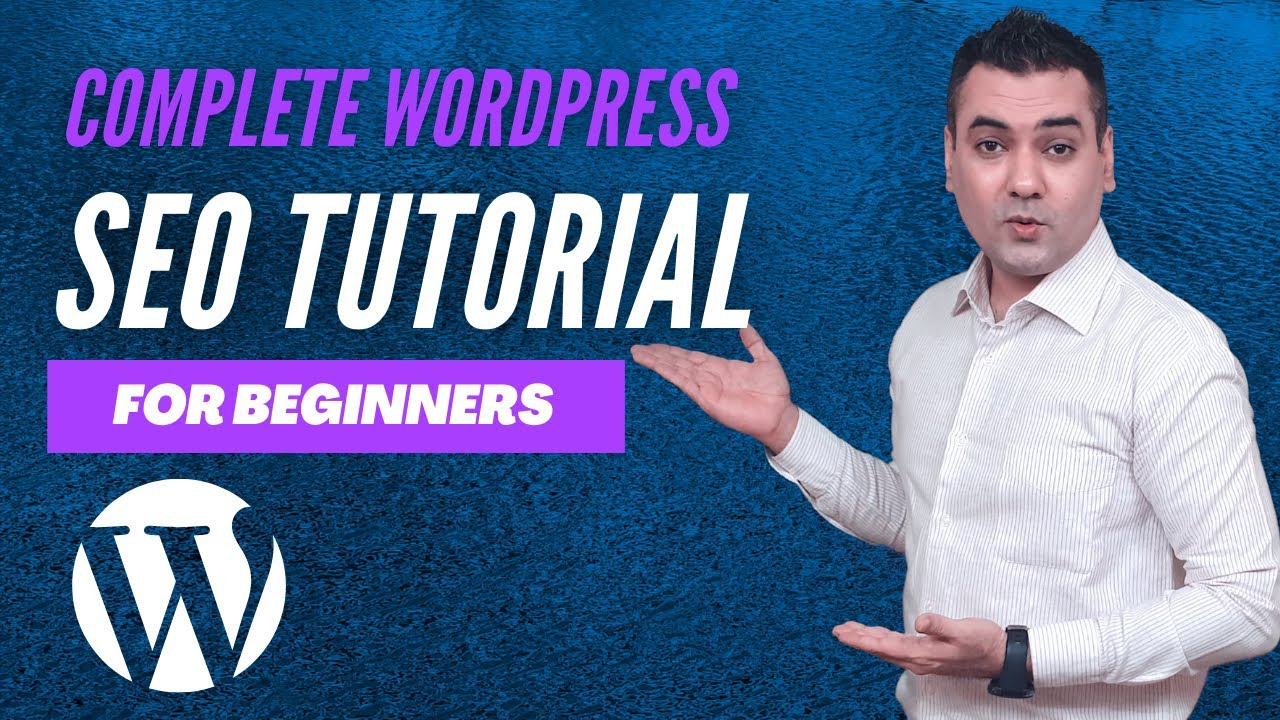Check out our Shopify SEO Tutorial for Beginners for 2019. Our Shopify Search Engine Optimization Tutorial will help you rank your Shopify store higher in search engines and drive more traffic from search engines like Google directly to your website. More traffic will lead to more sales on your website, especially if you can drive relevant and targeted traffic. Many Ecommerce stores drive the majority of their sales from organic traffic, and you can too with Shopify.
Our 10-Step Action Plan for SEO on your Shopify website is below. We go over some on-site and off-site SEO strategies that can be useful for ranking your website high in search engines. The key to understanding Search Engine Optimization and maximizing your results is understanding that you need to be consistent and focus on a long-term strategy. You need to start with keyword research, focus on content creation, optimize your content, use on-page SEO factors, organize your store, optimize your products, optimize your category pages, and ensure that you have built an easy-to-use store that is very simple to browse and purchase products from. More products can offer more opportunities for traffic by categorizing and organizing your store, but it can also present some challenges.
Shopify SEO Tutorial Video Description:
10-Step Search Engine Optimization Plan for Shopify
1. Keyword Research For SEO: Use the Google Keyword Planner and UberSuggest to find Keywords
2. Create Content Ideas Based on Your Top Keywords: I use keywords for content ideas, and then I’d write an article like “10 Leading Back Pain Causes for Adults” to target the keyword “Back Pain Causes.”
3. Optimize Title Tags & Meta Descriptions Sitewide: Start with your homepage, but every product page, product category page, and blog post should be optimized for search engines.
4. Create Content Consistently Around Your Top Keywords: Use your keyword research and content ideas to create blog posts, write researched articles, and create videos that will drive more people to your website through search engines.
5. Optimize Content & Use On-Page SEO Best Practices: Write relevant content, focus on top keywords by theme, optimize your images, use Alt tags, keep content updated, use internal linking, use external linking, avoid keyword stuffing.
6. Create Great Product Pages: Write good descriptions, use SEO keywords in descriptions, use videos, optimize images, and use titles that describe your product well.
7. Organize & Optimize Product Categories: When grouping products, make sure you create categories that people search for and can easily find in search engines.
8. Use The Google Search Console: Find keyword ideas, find top pages, see your website in Google Search Results, drive more traffic from Google
9. Build an Audience on Social Media + Email List & Use Content Marketing Strategies: Your content will gain more traction over time with consistency and as you build an engaged audience on social media channels and your email list.
10. Build Backlinks for Your Website: Make connections with other bloggers, create shareable content, ask for links, look for broken links, and consistently create great content to get more backlinks.
It’s important to follow our Shopify SEO Tutorial for 2019 when you are getting started. There are plenty of other Shopify SEO Tips and Shopify SEO Hacks to help your website rank much higher in search engines. Ultimately, your Shopify SEO optimization strategy is vital and it includes consistently focusing on your store, your blog, adding blog posts, creating videos, and creating content that will encourage users to follow you on social media and your email list. In addition, building an audience is a huge portion of driving consistent visitors to your Shopify website.



